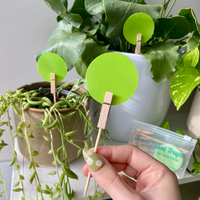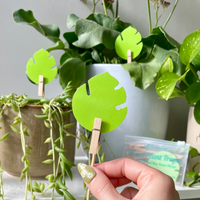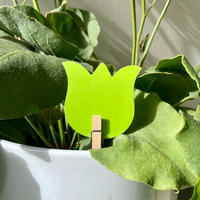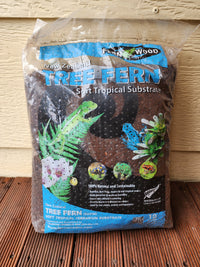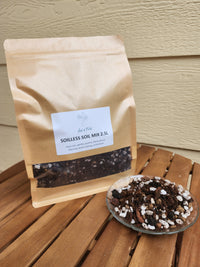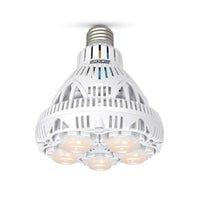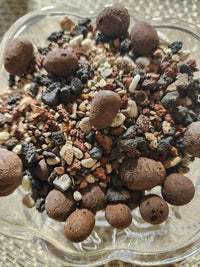Controlling flying pests in Australian gardens and indoor greenery demands a precise, eco-friendly approach. Buying sticky traps Australia-wide through Leaf of Faith offers an adhesive barrier that captures insects before they damage foliage. Sticky traps are essential for pest control, as which trap types suit each pest, how to purchase quality products online, and practical placement and maintenance tips to protect your plants year-round.
Why Are Sticky Traps Essential for Pest Control in Australian Gardens?
Sticky traps are adhesive sheets placed alongside plants to monitor and intercept flying insects, providing early infestation detection and direct population reduction. By capturing adult pests, they prevent leaf damage, sap loss and viral transmission that threaten ornamentals and edible crops alike.
For example, placing a yellow trap near a potted fern can reveal a fungus gnat infestation before root damage occurs, allowing timely intervention and healthier growth.
What Types of Pests Do Sticky Traps Target in Australia?
Sticky traps are designed to catch common plant pests like fungus gnats, whiteflies, thrips, aphids, and fruit flies by leveraging their natural attraction to visual cues and their tendency to stay close to host plants. This makes them an effective, low-impact way to monitor and manage pest activity around your indoor greenery.
How Do Sticky Traps Help Maintain Healthy Indoor and Outdoor Plants?
By removing adult insects before they lay eggs, sticky traps interrupt pest life cycles and reduce larval populations in soil and foliage. This population control supports vigorous leaf development, minimises fungal outbreaks and diminishes reliance on chemical sprays. Integrating traps into your routine promotes robust, unblemished plants across patios, greenhouses and living rooms.
Are Sticky Traps Safe and Eco-Friendly for Australian Homes?
Sticky traps use non-toxic, solvent-free adhesives that pose no risk to children or pets when positioned out of reach. Their passive, chemical-free design aligns with organic gardening trends and minimises environmental impact. Ensuring secure placement further enhances home safety and sustainable pest management.
How Effective Are Sticky Traps Against Fruit Flies and Thrips?
Sticky traps offer a simple yet effective way to manage flying pests like fruit flies and thrips. By attracting and capturing the adult insects, they help reduce overall populations and minimise damage to fruiting plants and delicate blooms. When used alongside regular plant checks and good care practices, sticky traps can play a key role in maintaining a healthy indoor garden.
How to Buy Quality Sticky Traps in Australia from Leaf of Faith?
Leaf of Faith curates a range of premium, Australian-tested sticky traps to suit every pest scenario. Each product undergoes quality checks for adhesive strength, board durability and environmental safety, ensuring consistent performance across home and garden applications.
Where Can You Find Leaf of Faith’s Sticky Trap Products Online?
Explore the sticky trap at Leaf of Faith’s Sticky Shop. Fast shipping across Australia means you’ll have pest control solutions on standby as soon as you need them.
What Should You Consider When Choosing Sticky Traps for Your Plants?
- Plant Location: Indoor vs. outdoor conditions influence board durability.
- Adhesive Strength: Heavier pest loads require stronger adhesives.
- Board Size: Larger traps capture more, but may suit bigger plantings.
Selecting traps based on these criteria ensures efficient monitoring and minimises product waste.
How Does Leaf of Faith Ensure Product Quality and Customer Satisfaction?
Each sticky trap batch undergoes adhesive performance tests and field trials in varied Australian climates. Customer feedback is integrated into product improvements, with a hassle-free returns policy that underscores our commitment to reliable pest control and your complete satisfaction.
How Do You Use Sticky Traps Effectively for Australian Plant Pest Control?
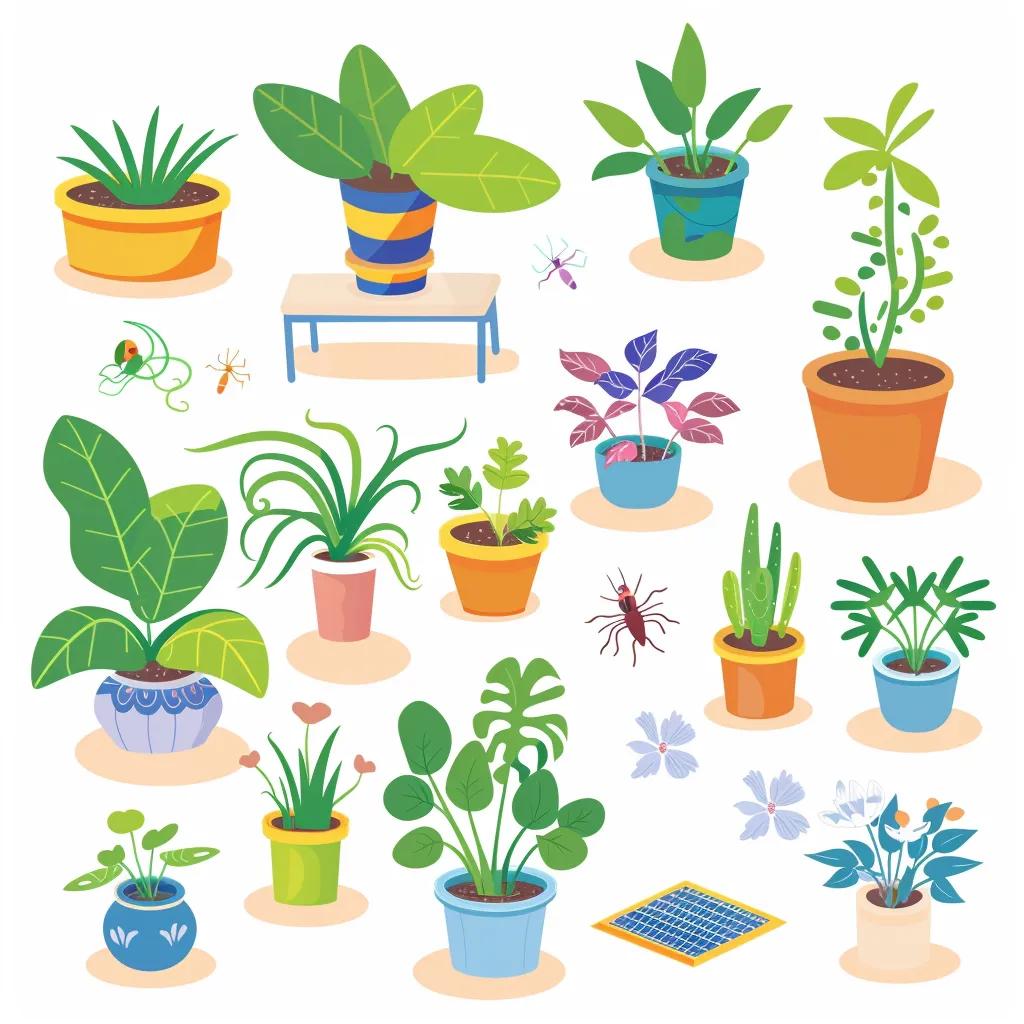
Effective sticky trap use combines strategic placement, timely replacement and integration with other pest management methods for lasting plant protection.
What Are the Best Placement Strategies for Sticky Traps?
- Adjacent to the soil level, where adult pests emerge.
- Near the most damaged foliage, near to intercept insects.
- In shaded, humid zones that attract gnats and flies.
- At plant height, for thrips and whiteflies to contact adhesives.
Correct placement maximises catch rates and provides clear infestation indicators.
How Long Do Sticky Traps Last and When Should You Replace Them?
Sticky trap lifespan varies by size and pest load. Typical replacement guidelines are:
| Board Size | Average Lifespan | Replacement Interval |
|---|---|---|
| Small (10×15cm) | 2–3 weeks | Replace every fortnight |
| Medium (15×20cm) | 3–4 weeks | Replace every month |
| Large (20×25cm) | 4–6 weeks | Replace bi-monthly |
Refreshing traps at these intervals maintains adhesion and accurate monitoring.
Can Sticky Traps Be Used Alongside Other Plant Care Accessories?
Yes, sticky traps work well as part of a broader plant care routine. Pairing them with thoughtful watering habits, breathable soil covers, and companion-friendly additions can help maintain a balanced environment around your plants—supporting healthier growth and reducing stress from unwanted visitors.
Layered Plant Care for Healthier Growth
Caring for plants is about creating balance—and sometimes that means using a few different tools together. Sticky traps can be part of a gentle, layered approach to plant care, working alongside breathable soil covers, good airflow, mindful watering, and natural companions to support plant health. Rather than relying on harsh chemicals, this thoughtful mix of practices helps create a more resilient indoor environment where your plants can thrive naturally.
What Are the Most Common Questions About Buying Sticky Traps in Australia?
Answering key queries ensures confident purchases and effective pest control for every gardening enthusiast.
What Are Sticky Traps Used For in Australian Gardening?
Sticky traps are used to monitor and capture adult flying pests—fungus gnats, whiteflies, thrips and fruit flies—preventing eggs from hatching and safeguarding plant health both indoors and outdoors.
Are Sticky Traps Toxic to Pets or Children?
Sticky traps are formulated with non-toxic, solvent-free adhesives and inert plastic boards. When placed out of reach, they pose no danger to pets or children, making them a safe choice for family homes.
How Do Sticky Traps Support Better Plant Care?
Sticky traps are a simple and effective way to support indoor plant health by capturing small flying insects that may affect growth. Placed near the soil or foliage, they help monitor activity around your plants and reduce unwanted stress on leaves and roots.
At Leaf of Faith, we offer non-toxic, low-maintenance sticky traps that are suited to Australian growing conditions. They’re an easy addition to any indoor plant care routine—giving you a clearer picture of what’s happening around your greenery and helping you grow with confidence, season after season.


